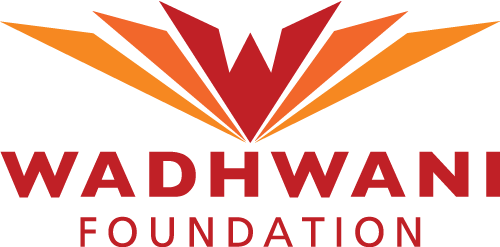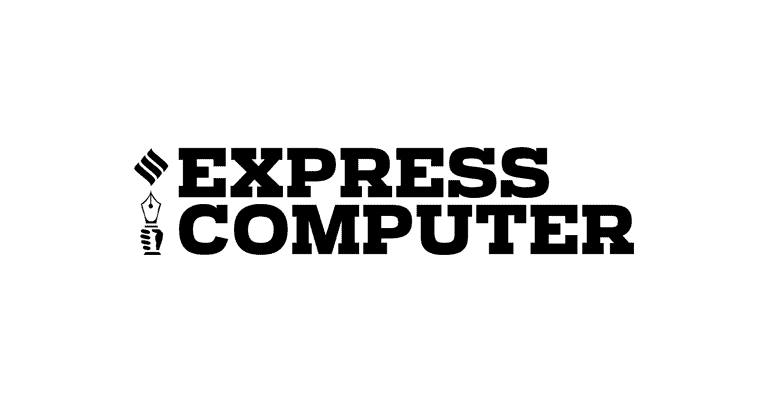Indian MSMEs had a US$ 380 billion credit gap before COVID hit us. This implies, MSMEs needed this money to survive and grow then
Por Samir Sathe
It is a difficult question. Treat the patients, not knowing whether patients will be healthier and yet risk the life of the doctor. Now read this again. Lend to the Indian MSMEs without knowing whether they will repay the debt and make the banks and NBFCs more impaired in their capacity to lend more, to the MSMEs, in the future. Indeed, a difficult question.
The Question:
We know that several doctors have lost lives while treating COVID patients. Would it be the same for Indian MSMEs and banks/ NBFCs?
Indian MSMEs, currently sick and some suffering from trauma that need to be treated urgently, due to low immunity and massive impairment of its functioning due to COVID, will land up asking from more medication, more care, more of days in the health facilities managed by financial doctors (read ‘banks/ NBFCs or money lenders’) administering the treatment of ‘moratorium, collateral-free and significantly lowered interest rate’ loans to the MSMEs whose risk profile is already beyond comfortable acceptable limits.
The big unknown is whether the sick will be cured and whether they are able to pay the bills of the health facilities. That puts to risk the survival of these facilities. The scale of sick MSME patients, just as in the case of COVID patients, is rising by the day. The magnitude of sickness in either situation is worrisome.
The Facts:
March 2020:Indian MSMEs had a US$ 380 billion credit gap before COVID hit us. This implies, MSMEs needed this money to survive and grow then.
May 2020:Indian government announced a US$ 40 billion package as a collateral-free automatic loan for Businesses, including MSMEs as a response to the COVID pandemic and its impact on business, commerce, and economy.
July 2020: US$ 8 Bn were disbursed from the Emergency Credit Line Guarantee Scheme Fund (ECLGSF), registered for the purposes of implementing the package.
According to the RBI’s Financial Stability Report (FSR) released in Jul 2020, 65% of system loans to MSMEs were under moratorium as on April 30. The government’s extension of the loans up to the end of September is being considered as inadequate and there is a demand from industries, to extend it till March 2021.
August 2020: RBI projected the non-performing assets (NPAs) to rise to 14.7% in the worst-case scenario by the end of the current fiscal, the MSME industry body CIA projects the bad debt to rise to 35% by December 2020.
Most credit rating models of banks and NBFCs have revised the ratings of Indian MSMEs downwards, by several notches. Banks and NBFCs have rehauled their predictive risk models with advanced algorithms to make them relevant to the current situation.
September 2020: Most industries faced a slump between 30%-80% between March and May 2020 and at the time of authoring this article, capacity utilization is back to the levels between 30% and 70%, but dipped confidence on the outlook of consumption demand uptake in domestic or international markets between 2020-22 does not make it easy for making decisions on creating investment demand.
The Answer:
We need to, single-mindedly, focus our energies on focusing on demand related measures.
MSMEs and policymakers need to spend significantly more time in engaging with each other on creating demand and growth engines domestically and internationally as a top priority agenda. Market linkages, growth strategies, and sharp implementation of the same should form the kernel of the thoughts and actions.
While MSMEs look at the policymakers for life support in finance, think what would happen if the expectations are on-demand creation. The response of the policymakers is dependent on the question asked. MSMEs are asking for money from the government, and the government is giving it. Ask for demand creation engines; the response ought to change.
Let us make the sick survive, healthy, and walk out of the health facilities fit enough to be able to pay their bills for the facilities and in the state that they do not have to visit the health facilities again. And, of course, the facilities do not have to worry about their own health!
Fuente: Times Now News




